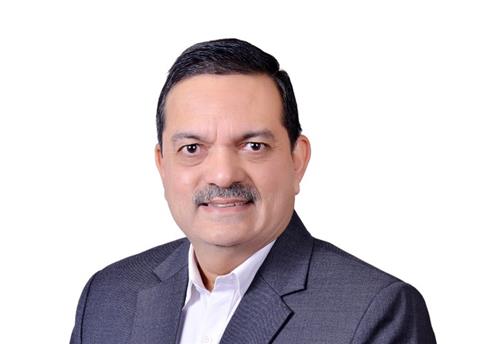Decisive action needed for double-digit growth
However, 13 interest rate hikes since March 2010 have led to a 3.75 percent increase in interest rates, and the policy to curb demand to curb inflation has also made capital investment by organisations and big-ticket purchases by households like housing and cars an expensive proposition.With 67 percent of GDP consumed domestically, versus 34 percent for China, it is domestic demand that can drive growth in the Indian economy.
Our objective is inclusive growth, which means bringing the unorganised sector into the mainstream, creating skilled jobs and raising living standards all around. With over nine million new entrants to the workforce each year, India needs decisive action to sustain a near-double-digit growth to achieve its stated objectives.
The National Manufacturing Policy, aimed at raising manufacturing’s share from 16 percent to 25 percent of GDP and liberalising foreign direct investment in retail will give a fillip to investment, to make supply chains more efficient and acquisition of commercial vehicles by fleet owners for more efficient movement of goods. These policy initiatives are laudable as reviving growth, without generating inflation, will be made possible through private investment.Another policy initiative that can provide a fillip to manufacturing activity is next-generation reforms in labour laws.
Further, since 2003 India has been saving and investing well over 30 percent of its national income. Looking at the disposable income and the long term, more than 60 vehicles, both for the passenger and commercial sectors, are being launched at the Auto Expo 2012 in New Delhi. Incidentally, commercial vehicle growth has been robust on the back of the GDP growth rate of about eight percent, and sustained freight rates, in the last several years. It is the passenger car segment that has seen a steep drop in growth due to high interest rates and general uncertainty in immediate scaling-up of operations by companies in the face of an uncertain domestic and international economic environment.
However, the industry is looking forward for a stimulus package in the Union Budget coming up in February. In a pre-Budget representation to the Finance and Industries ministries, the auto industry has sought excise to be lowered to 16 percent from 22 percent on large cars in addition to removing the special additional duty of Rs 15,000 per car. If the proposed suggestions are conceded, then cars ranging from the Mahindra Bolero (priced at Rs 6 lakh) to the Mercedes-Benz E-class (Rs 50 lakh) will be considerably cheaper. High-end cars would be cheaper by Rs 36,000 to Rs 300,000. Industry is also looking for state levies such as road tax and octroi to be brought under the purview of goods and services tax (GST).
Another demand is the junking of cars and commercial vehicles which are over 10 or 15 years old. These vehicles should be taken off the road under a special scrappage scheme and incentives given for the same. Old vehicles thus scrapped should be completely destroyed to avoid re-entry in another form.
As an industry body, we have pleaded against further increases in excise duty on diesel vehicles / cars, the only category still enjoying good demand. It will help if the government treats multi-utility vehicles like small buses.
While the investment slowdown over the last few months has reduced GDP growth from nine percent to about seven percent, it is not going to structurally change the latent demand that could translate into consumption. And in the next decade, India’s GDP is expected to more than double from US$ 1.25 trillion in 2010 to US$ 2.84 trillion in 2020. In addition to serving as a large market, India also has abundant talent in engineering, beyond IT, potentially making the country an attractive R&D destination and an international sourcing hub for global automakers.
RELATED ARTICLES
'ADAS' crux lies in its proactive approach to safety enhancement': TaMo's Mohan Savarkar
Savarkar writes about the role of Active Safety Technology and ADAS in Compact Cars in augmenting inclusive vehicle safe...
Maintenance 101 for your electric two-wheeler, a cheat sheet for a breezy ownership experience
The experience of owning electric bikes is new, and remaining informed, aware and proactive will help in becoming better...
How technology can advance traffic enforcement for safer roads
By ensuring that only qualified drivers occupy the roads, authorities can substantially reduce the risk of accidents ste...





 By Autocar Pro News Desk
By Autocar Pro News Desk
 19 Dec 2011
19 Dec 2011
 3230 Views
3230 Views









